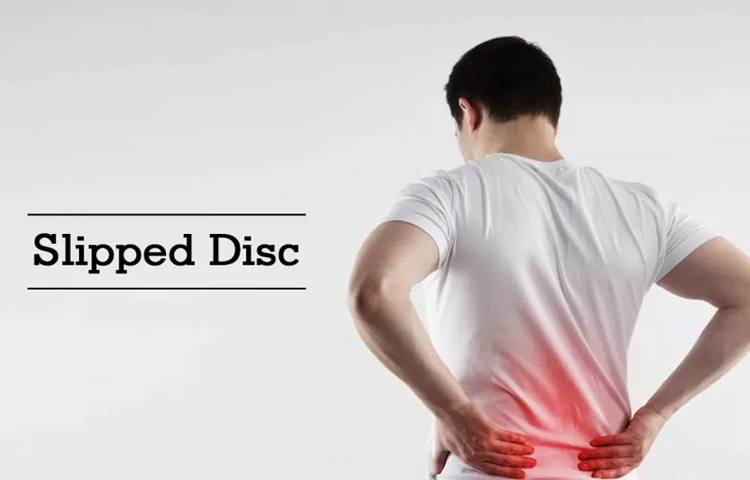
You are likely to be aware that Slipped disc is a scenario where the disc, meant to cushion adjoining vertebras, slips from its original position and bulges out to press a nerve root resulting in pain. It can happen due to an injury or weakness. The condition is also known as Prolapsed or Herniated disc. Read on to know more about this condition.
Why dose disc slip from its actual position?
Discs are held in an alignment between the vertebrae. These are not alone the bones, which held the things together. Muscles surround the bones and ligaments are similarly responsible for holding these in their actual, desired location. These all together- bones, muscles, and ligaments decide the curvature of the spine and this curvature is the most important factor to decide the location of the intervertebral discs.
Symptoms
All slipped discs don’t cause symptoms. Many individuals did not know they have slipped a disc until they met their physician. That is a reason why proper diagnosis is required before initiating any curative method, as it's related to the spine. Lower back pain may result from accidental injuries such as a sprain or strain. There are no other serious reasons to cause Slipped dis
Artificial Disc Replacement
An artificial disc (also called a disc replacement, disc prosthesis or spine arthroplasty device) is a device that is implanted into the spine to imitate the functions of a normal disc (carry load and allow motion). There are many artificial disc designs classified into two general types: total disc replacement and disc nucleus replacement. As the names imply, with a total disc replacement, all or most of the disc tissue is removed and a replacement device is implanted into the space between the vertebra. With a disc nucleus replacement, only the center of the disc (the nucleus) is removed and replaced with an implant. The most commonly used total disc replacement designs have two plates. One attaches to the vertebrae above the disc being replaced and the other to the vertebrae below. Some devices have a soft, compressible plastic-like piece between these plates. The devices allow motion by smooth, usually curved, surfaces sliding across each other.
